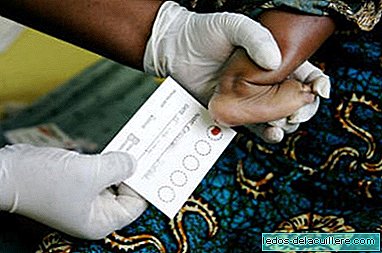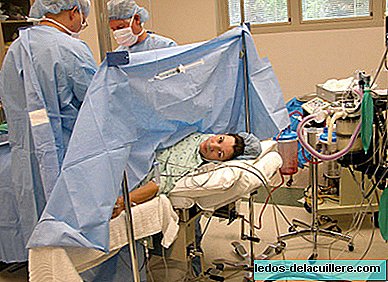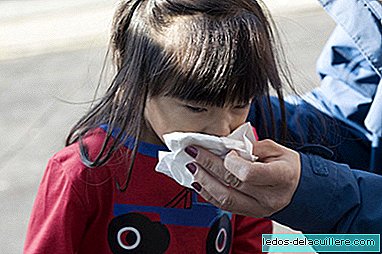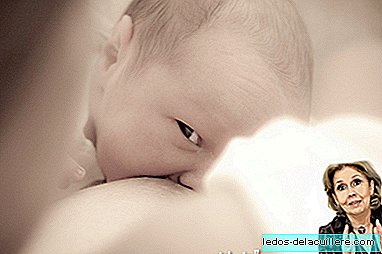
Tomorrow is World AIDS Day, and we can say that Thanks to the extraordinary global commitment, new cases of HIV / AIDS infection in children have been reduced by 24%, going from 430,000 in 2009 to 330,000 in 2011.
But achieving the goal of an HIV / AIDS-free generation requires that more pregnant women and children living with the virus get access to treatments. By definition, achieving a generation free of HIV / AIDS requires protecting the youngest and most vulnerable. Efforts so that infected mothers and children can live without HIV / AIDS should be redoubled. And to achieve this goal, the number of pregnant women and children who undergo examination and receive treatment through basic child and prenatal health programs needs to be increased.
Treating HIV-positive pregnant women not only keeps them alive and in good health, it also prevents babies from acquiring the virus during pregnancy, childbirth and breastfeeding. Treatment can also prevent the sexual transmission of an HIV-positive woman to a partner without HIV / AIDS.
Quite simply, it is reprehensible that adults are twice as likely as children to benefit from the treatment they need, said UNICEF Executive Director Anthony Lake
UNICEF remains committed to child survival under the global A Promise Renewed movement (a renewed promise). Efforts to protect children from HIV / AIDS are part of this commitment.










)

